STEM in Science Classrooms – Difference Between Science and Technology
STEM Education Guide
MARCH 9, 2023
STEM, an acronym for Science, Technology, Engineering, and Mathematics, is an essential component of the educational experience. Famous biologist Judith Ramaley coined the acronym in 2001 when she was the director of the National Science Foundation (NSF).

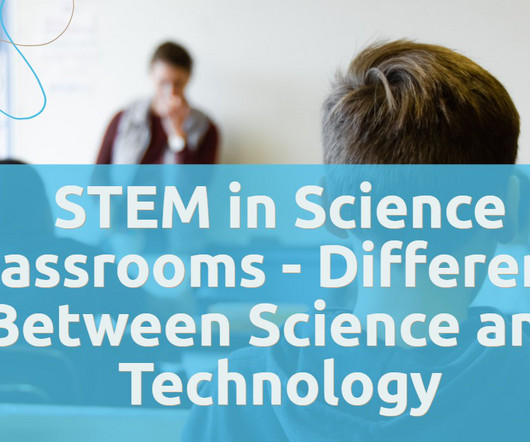
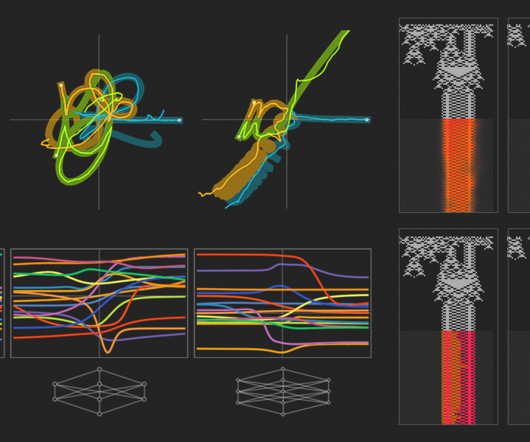
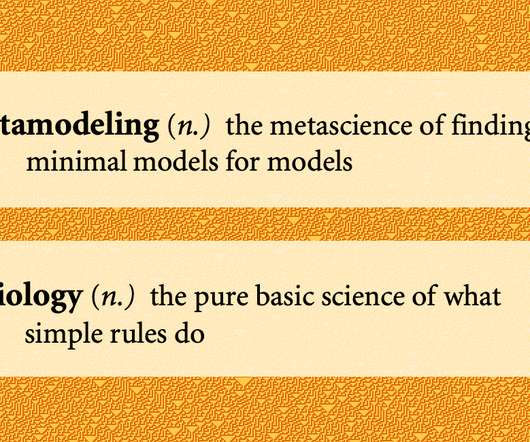
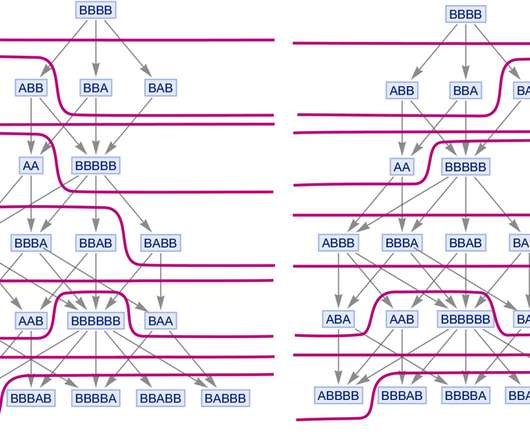
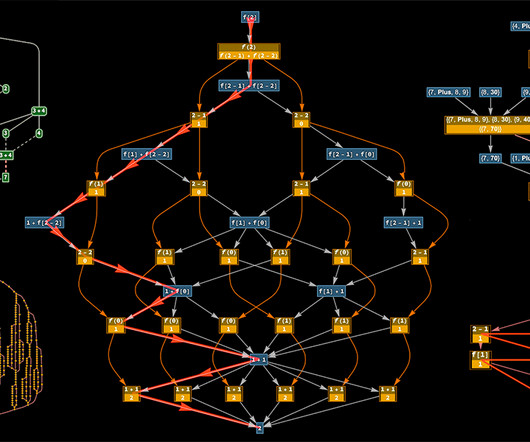

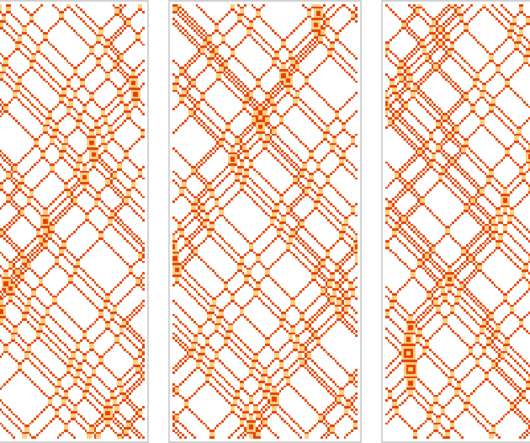






Let's personalize your content